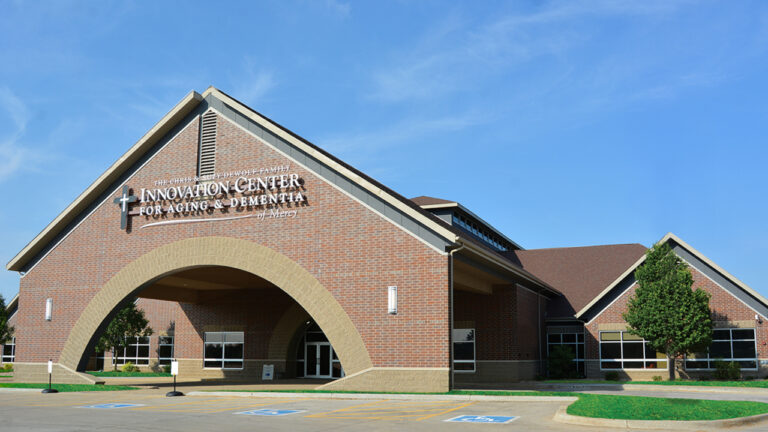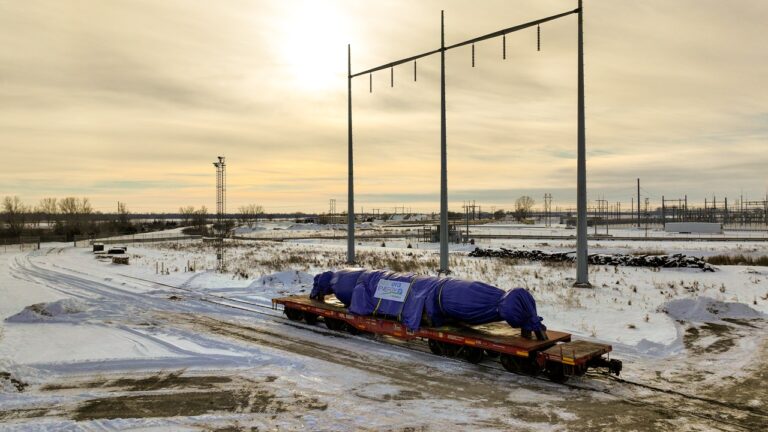Local and national carriers are piling on the pay and incentives to lure new drivers, but will it be enough to keep the wheels turning?
By Katharine Carlon
[email protected]
With an improving economy and projections suggesting freight volumes will grow about 3.4 percent annually for the next six years, it might appear that America’s trucking companies have miles of wide-open highway ahead. But a persistent driver’s shortage – one that is set to intensify in the years to come – is throwing up roadblocks to the growth of an industry responsible for moving more than 70 percent of the goods consumed on a daily basis.
“It’s a challenge trucking companies of every size are confronting,” Brenda Neville, president of the Iowa Motor Truck Association, said of a new American Trucking Associations (ATA) report suggesting the industry will need to recruit 90,000 new truckers a year to keep up with demand. “It’s a problem we’re all going to have to deal with and it’s going to take a long time.”
The issue is impacting trucking companies both small and large. Chris Hummer, president of Don Hummer Trucking of Oxford, said his company recently gave its 300 drivers a 20 percent raise in hopes of both attracting and retaining quality drivers. Cedar Rapids-based CRST Expedited, with upward of 3,500 drivers on the road, recently bumped pay 15 percent for new student drivers receiving commercial licenses through its sponsored training program.
“We hire a lot of individuals new to the industry and train them in anticipation of them staying in the CRST family,” said Cameron Holzer, president of CRST Expedited, whose training centers in Cedar Rapids and Riverside, California played a role in training 3,740 new drivers last year. “But as unemployment has gone down, we’ve had less applicants wanting to do the job of truck driver. It’s a job that takes you away from family. It’s not glamorous.”
“We need to find solutions because the pool of applicants is starting to decline at the same time demand is going up,” he added.
CRST is hardly alone in its worries. A just-released study from the American Transport Research Institute showed the driver shortage leapfrogging six spots to top this year’s list of industry concerns, marking the first time since 2006 survey respondents ranked the issue as their top priority.
Bob Costello, ATA’s chief economist and senior vice president, said the industry has struggled with driver shortages for about 15 years. The problem temporarily abated when industry volumes crashed during the recession of 2008, but job vacancies have slowly crept up since with a recovering economy.
This year’s projected 50,000 shortfall would be the highest on record, Mr. Costello said, adding that next year could see shortages surge to 63,000 thanks to an improving economy, strong construction due to rebuilding from 2017’s natural disasters and the transition to electronic logging for hours-of-service regulations.
Over the next decade, the industry will need to hire about 898,000 new drivers – about 90,000 a year – to keep up with demand, according to the ATA’s 2017 Truck Driver Shortage Analysis report. Replacing retiring drivers will be the biggest factor, accounting for nearly half of new hires, with industry growth accounting for another 28 percent.
“Unfortunately, I think the driver shortage gets worse before it gets better,” Mr. Costello said, adding that, if nothing changes, the shortage could grow to 174,000 by 2026, leading to supply chain disruptions including shipping delays, higher inventory carrying costs and shortages in stores.
If that worst-case scenario were to occur, it could have profound repercussions for the economy as a whole. Seventy percent of Iowa communities are entirely reliant on truck transport for all of their consumable goods, and one in 13 Iowans receive a paycheck from the trucking industry, according to the Iowa Motor Truck Association (IMTA).
“The quality of life we all enjoy is due to the trucking industry,” Ms. Neville said. “A lot of people never give a lot of thought to it. They never go into a grocery store and see empty shelves. They never go into a pharmacy and see no medications.”
Driving change
Industry experts attribute much of the shortage to demographics. The average American truck driver is 49 years old, compared to 42 for all U.S. workers. In Iowa, the average driver skews even older, at 58.
In addition, the industry has historically struggled to attract women, who now make up just 6 percent of drivers – a number that has stayed relatively unchanged for 15 years.
“We have some outstanding women in the industry, but it’s a really big ask,” Ms. Neville said, adding that although many companies are experimenting with models that get drivers home more regularly, “the reality is, it’s a tough job. It takes a special person and it’s not necessarily as attractive to women.”
 Although he believes the driver shortage issue is overblown and likely to be corrected by market forces, Mr. Hummer agreed the difficult lifestyle is a hurdle to attracting a larger talent pool. New hires are often assigned routes that put them on the road for lengthy periods while an improved job market means more employment alternatives in construction and other fields with fewer hours and regulatory requirements.
Although he believes the driver shortage issue is overblown and likely to be corrected by market forces, Mr. Hummer agreed the difficult lifestyle is a hurdle to attracting a larger talent pool. New hires are often assigned routes that put them on the road for lengthy periods while an improved job market means more employment alternatives in construction and other fields with fewer hours and regulatory requirements.
“I just think from a career choice point of view, [trucking] is something that’s often written off in the list of ‘things I’d like to do when I grow up,’” he said. “I think it’s primarily a pay and quality of life issue. It requires time away from home and I don’t see that going away, so the question becomes, is the pay such that the trade-off is worth it to most people?”
The difficulty of obtaining a commercial drivers license is also exacerbating the shortage. Most companies have stringent hiring criteria based on driving history and experience, and many are being forced to pillage drivers from competitors with enticements like sign-on bonuses, higher pay, better routes and newer trucks.
“It’s cannibalization and it’s not helping bring new people into the industry,” said Mr. Holzer, who wishes more carriers would follow CRST’s lead in offering in-house training to new drivers “instead of allowing a few carriers to do the hard work of attracting new drivers into the industry and just poaching from each other.”
In the short term, Mr. Costello said he expects driver pay increases to continue. Overall, he said, wages went up 8-15 percent last year and “I expect to see the same next year.”
Longer term, industry insiders said they’d like to see the driving age lowered for commercial licenses, opening up an untapped market of young people in search of careers.
“Believe me, we encourage the feds to re-examine that,” Ms. Neville said. “We send kids to war at 18, but we won’t let them drive a truck. And by the time they’re 21 or 22, they’ve found a career path or job in another industry and it’s hard for them to get into a truck.”
To get kids thinking about trucking careers early on, the IMTA has begun offering programs like “Touch a Truck” at the elementary level, in addition to its outreach programs for junior high and high school students. That’s an approach Mr. Hummer endorses.
“It’s a tough message to get out, but this is a good, stable career, and if you have a good history and a license, you’ll never go without a paycheck,” he said. “It’s a chance to be your own boss, problem-solve, manage your own daily structure and interact with people all over the country. It’s incredibly more complex than most people realize and that often gets overlooked.”








